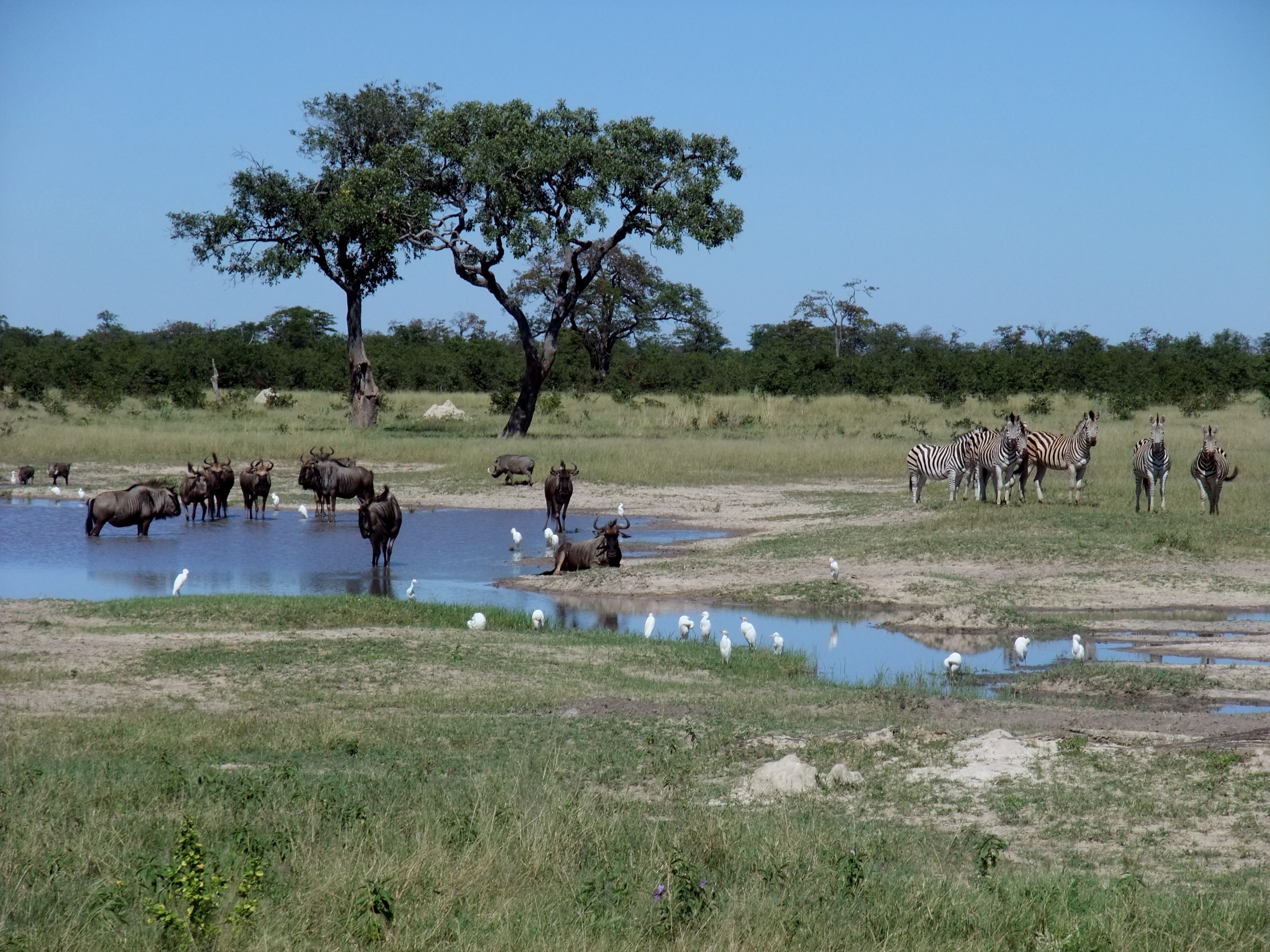
Chobe National Park
Chobe National Park is Botswana's first national park, and also the most biologically diverse. Located in the north of the country, it is Botswana's third largest park, after Central Kalahari Game Reserve and Gemsbok National Park.
Chobe National Park
This park is noted for having a population of lions which prey on elephants, mostly calves or juveniles, but also subadults.[1]
History[edit]
The original inhabitants of this area were the San bushmen (also known as the Basarwa people in Botswana). They were nomadic hunter-gatherers who were constantly moving from place to place to find food sources, namely fruit, water and wild animals. Nowadays one can find San paintings inside rocky hills of the park.[2]
At the beginning of the 20th century, the region that would become Botswana was divided into different land tenure systems. At that time, a major part of the park's area was classified as crown land. The idea of a national park which would protect the varied local wildlife and promote tourism was first proposed in 1931. The following year, 24,000 km2 (9,300 sq mi) around Chobe district were officially declared a non-hunting area, and this area was expanded to 31,600 km2 (12,200 sq mi) two years later.
In 1943, heavy tsetse infestations occurred throughout the region, delaying the creation of the national park. By 1953, the project received governmental attention again: 21,000 km2 (8,100 sq mi) were suggested to become a game reserve. Chobe Game Reserve was officially created in 1960, though smaller than initially desired. In 1968, the reserve was declared a national park.
At that time there were several industrial settlements in the region, especially at Serondela, where the timber industry proliferated. These settlements were gradually moved out of the park, and it was not until 1975 that the whole protected area was exempt from human activity. Nowadays traces of the prior timber industry are still visible at Serondela. Minor expansions of the park took place in 1980 and 1987.
The park can be divided up to 4 areas, each corresponding to one distinct ecosystem: